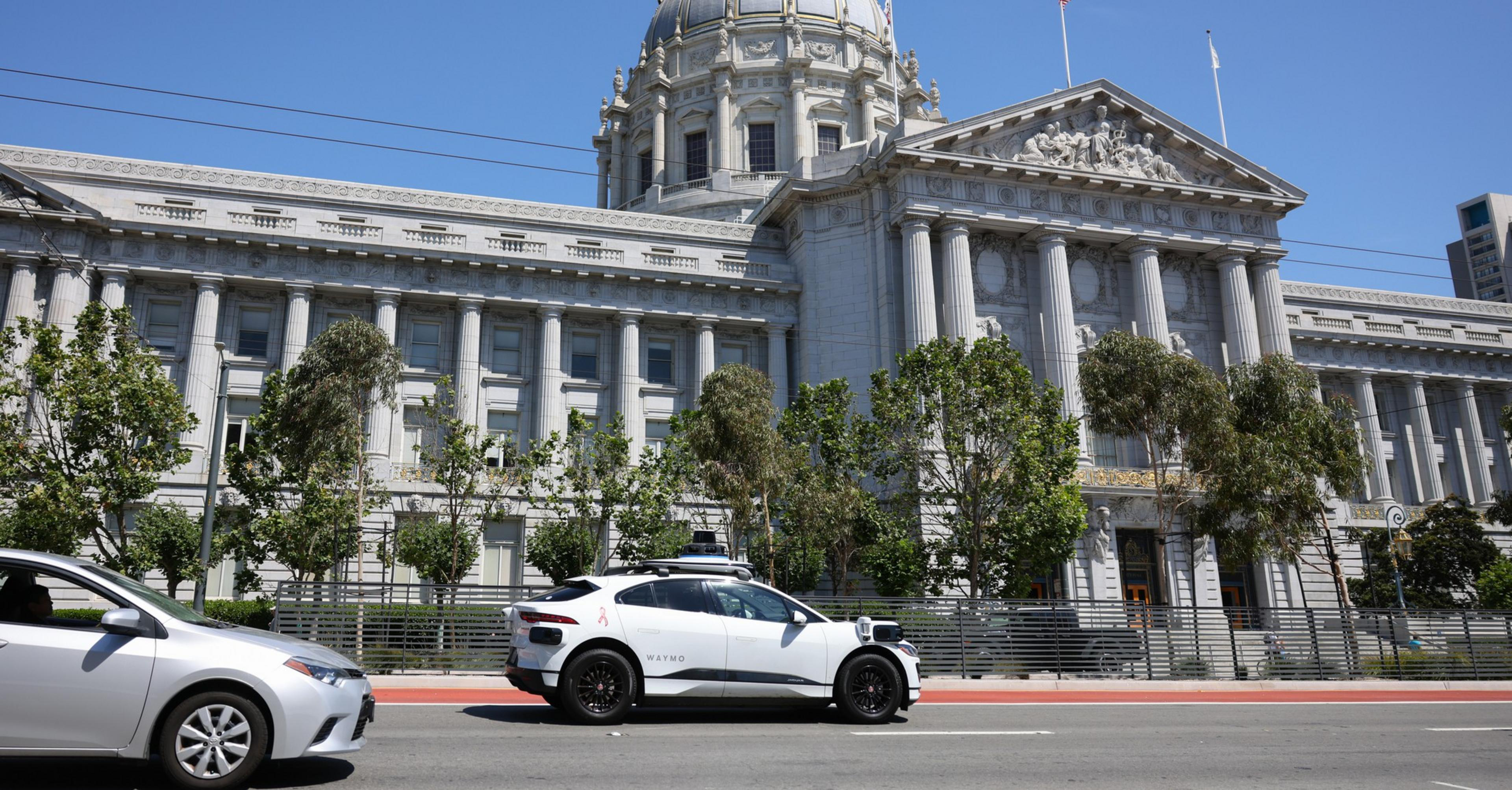In the wake of a recent decision by the California Department of Motor Vehicles to block Cruise from operating robotaxis in San Francisco, the city’s lawmakers are set to reignite a ground war against autonomous vehicles with new legislation tightening controls over fleet charging sites.
At first glance, the robotaxis operated by Alphabet subsidiary Waymo and General Motors’ Cruise evoke the ultimate in convenience: a magic carpet you can call up and use to go almost anywhere in the city, with no driver to take time to explain things to, no fellow passengers to have to make small talk with and no hassle of parking.
But in addition to ferrying passengers, autonomous vehicles can also be used in trucking and to carry goods and packages (opens in new tab) from businesses, warehouses and depots along that “last mile (opens in new tab)” to your door. The convenience, and many uses of the technology, have led to concerns about lost jobs, spaces sacrificed for recharging and refueling stations, and lost revenue from parking.

It’s in this context that members of the San Francisco Board of Supervisors have introduced legislation to try and get a handle on (or to hobble, depending on your viewpoint) autonomous vehicles. Both ordinances would add restrictions to previous legislation passed last year setting guidelines for converting established car-related uses to electric vehicles and fleet charging.
On May 23, supervisors overruled the Planning Commission and denied Waymo a permit to operate a parking lot at a warehouse at 301 Toland St. due to suspicions that the company would use the site as a delivery hub.
Shortly thereafter, Supervisor Connie Chan introduced legislation (opens in new tab) that would ban parcel delivery activity at robotaxi “fleet charging” hubs. Now, Board President Aaron Peskin has introduced a new bill with Chan as co-sponsor. Both are under review at the Planning Commission.
If passed, Peskin’s legislation will require robotaxi operators to apply for a new, more stringent “conditional use” permit if they want to use an existing parking lot as a fleet charging hub in what the city calls PDR (production, distribution and repair) districts. Those are districts for light industry that serve other businesses.
Peskin says his bill closes a “loophole” in the current law that allows robotaxi operators to set up fleet charging hubs without proper scrutiny. “Cruise’s trick is to first establish a parking lot, and then a few months later, simply pull an over-the-counter permit to install fleet charging,” he told The Standard in a text.

Other supervisors echoed that concern at the hearing for the Toland Street permit for Waymo.
“I understand the attempt to frame this as a garage, but we have absolutely no assurance whatsoever, and in fact, we have every reason to believe, that this is carving up a parcel delivery service so that one portion of it, the storage of the vehicles, can be done here pursuant to a permit,” Supervisor Dean Preston said at the May 23 hearing, summarizing supervisors’ unanimous vote to deny the permit.
“What we really see here is an attempt to skirt our interim controls on last-mile parcel delivery service by disguising this use as a parking lot,” Supervisor Shamann Walton added.
Tony Delorio, principal officer of Teamsters Local 665, applauded Peskin’s legislation as a way to curb autonomous vehicle operators’ expansion into delivery services—which could come faster than you think (opens in new tab).

The Teamsters have been campaigning against the expansion of autonomous vehicle services: Alongside Walton and Chan, organizers staged a protest (opens in new tab) outside Cruise’s headquarters Tuesday decrying robotaxis as unsafe and a threat to labor. The DMV suspended Cruise’s permits later that day.
“There have been numerous occasions of Cruise and Waymo playing fast and loose with the intentions of the Planning Code to create Fleet Charging uses without going through the proper authorization process,” Delorio wrote in an email.
The Bay Area Council, the region’s leading employer advocacy group, has lobbied in support (opens in new tab) of robotaxis and against a Teamsters-sponsored state bill (opens in new tab) to require human operators on board autonomous trucks that was vetoed by Gov. Gavin Newsom (opens in new tab). The group is naturally less enthusiastic about Peskin’s legislation.
“One question is if this could force fleet charging outside of the city and what that means for street congestion,” a Bay Area Council spokesperson wrote in an email. “Those vehicles would presumably then need to travel into the city from somewhere.”
Cruise was contacted for comment but did not immediately respond. Waymo declined to comment.
